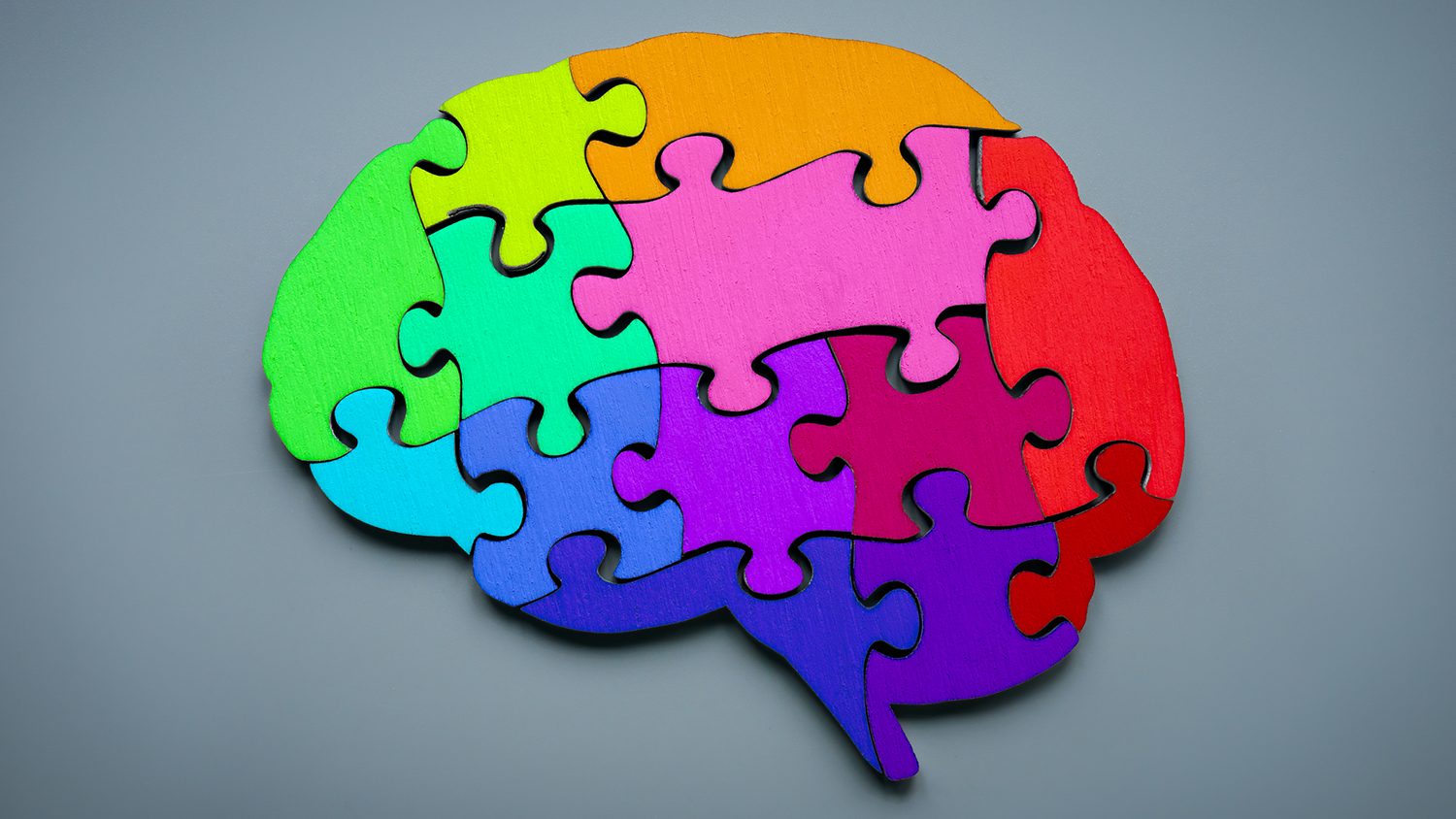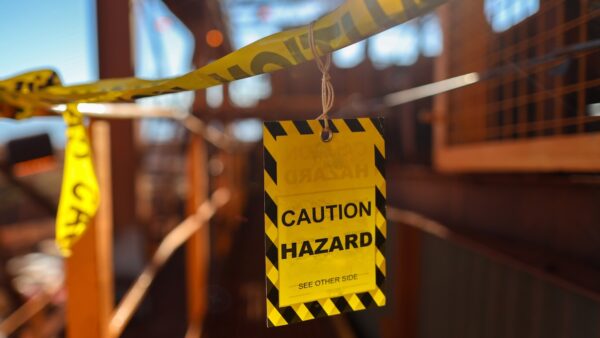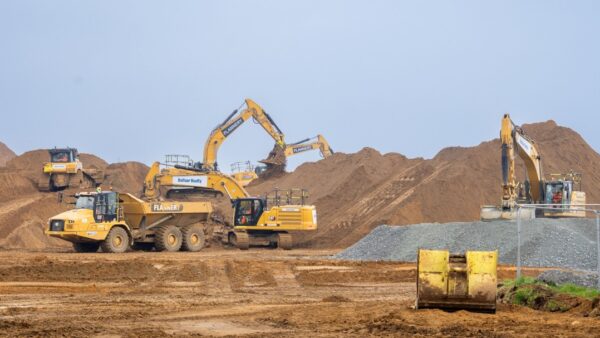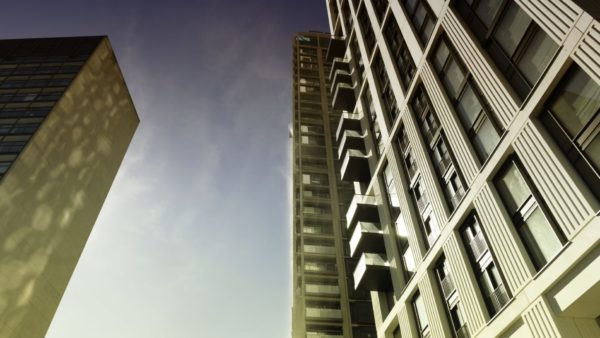
A first-of-its-kind standard has been developed for building designers and planners to improve accessibility for neurodiverse people.
One in seven people are neurodivergent, which can include autism, ADHD, dementia, and other sensory or information processing differences. In the UK estimates suggest there are 700,000 people with autism, 900,000 living with dementia, and 1.5 million with ADHD.
The British Standards Institute (BSI) developed the guide following research from the Helen Hamlyn Centre for Design at the Royal College of Art. This discovered a significant number of people find elements of the built environment uncomfortable, distressing or a barrier to use.
When interacting with the build environment neurodivergent and neurodegenerative people can experience sensory overload leading to being overwhelmed, anxiety, fatigue and poor mental health.
Designing for neurological difference
Jean Hewitt, a senior member of the inclusive design team at Buro Happold, is technical author of the new standard. She said: “In addition to designing places to accommodate our diversity in form, size and physical ability, there is also a profound need to design for neurological difference.
“Since my first involvement in this area in 2009, I have hoped for some progress for the many neurodivergent colleagues, friends, and family whose lives are unnecessarily blighted by places that don’t work for them.
“Some have a formal diagnosis, but many do not; there are also many neurotypical people more mildly but regularly affected by environments on a day-to-day basis, perhaps triggering unsteadiness, migraines or experiencing extra daily stress through elements that are not intuitive or comfortable for them.
“My learning throughout the process of developing this PAS leads me to believe at least 30% of the population are negatively impacted by elements that could so easily be adjusted or eliminated during design, procurement, and management without any cost implications.”
Commercial and residential buildings
PAS 6463 Design for the mind – Neurodiversity and the built environment – Guide is free to use. It applies to buildings and external spaces for public and commercial use, plus residential accommodation for independent or supported living. Guidance includes lighting, decor, acoustics, layout and more.
BSI director-general, standards, Scott Steedman, said: “Everyone deserves to experience the built environment in a way that supports their general wellbeing and generates better health outcomes.
“The new guidance within PAS 6463 fills a gap in design practice by addressing the needs of people whose minds process information and experiences differently, extending the benefit of inclusive design to a new and important community.”
The British Standards Institute (BSI) worked with a range of organisations through a steering group to create PAS 6463. They include the Royal Institute of British Architects (RIBA), Royal Town Planning Institute (RTPI), Do-IT Solutions, Forbo Flooring UK, Helen Hamlyn Centre for Design, Le Lay Architects, and many more.
Comments
Comments are closed.











I know that bright lights, small spaces and loud noises all affect me in a negative way. I really welcome this change. Thank you